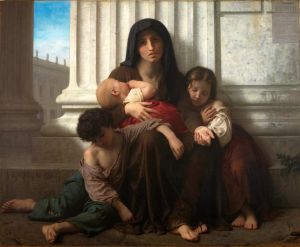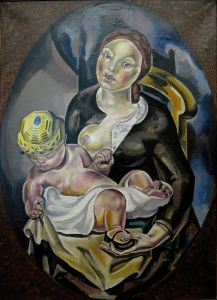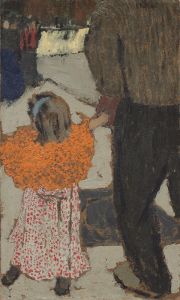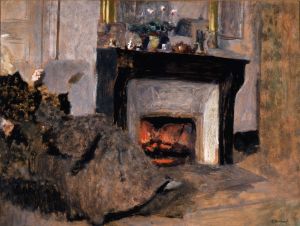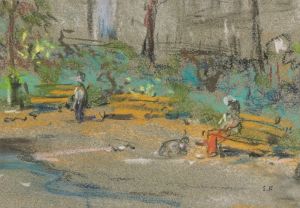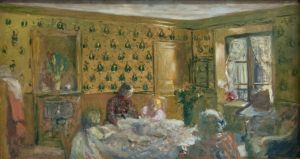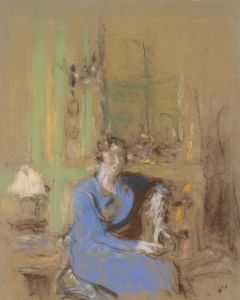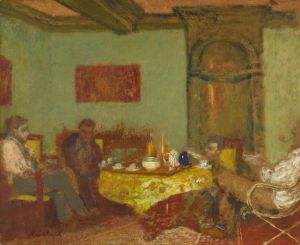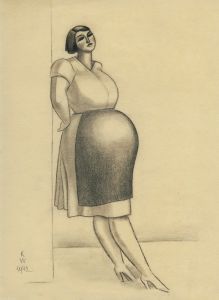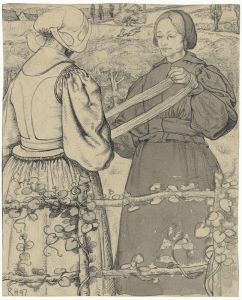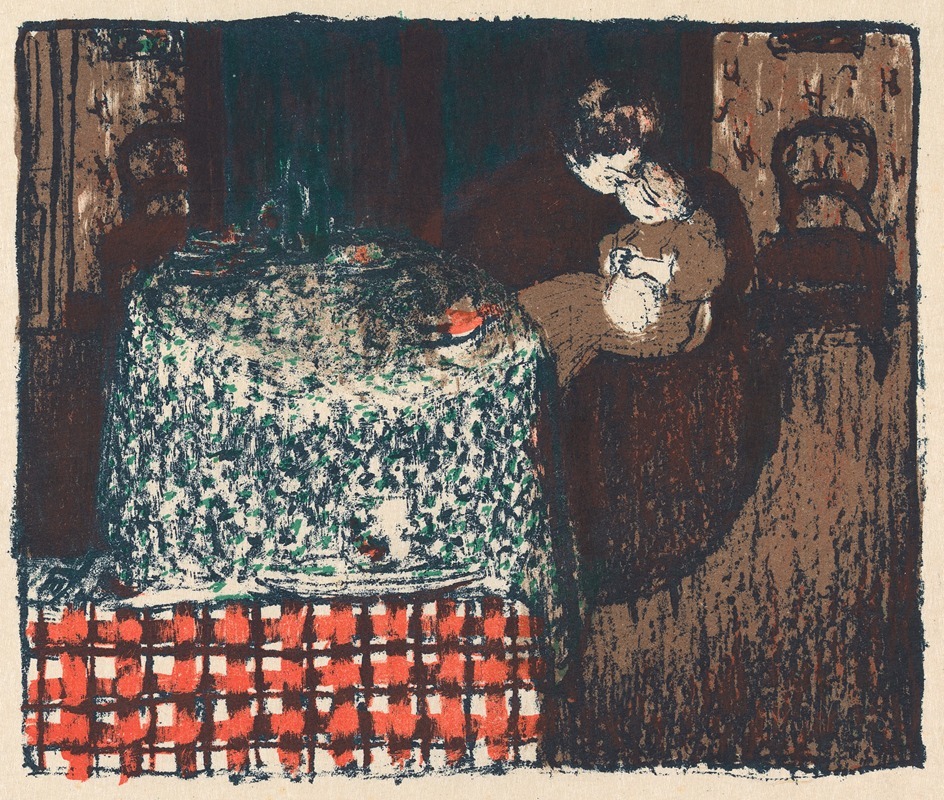
Maternité, 1895 – 1896
A hand-painted replica of Édouard Vuillard’s masterpiece Maternité, 1895 – 1896, meticulously crafted by professional artists to capture the true essence of the original. Each piece is created with museum-quality canvas and rare mineral pigments, carefully painted by experienced artists with delicate brushstrokes and rich, layered colors to perfectly recreate the texture of the original artwork. Unlike machine-printed reproductions, this hand-painted version brings the painting to life, infused with the artist’s emotions and skill in every stroke. Whether for personal collection or home decoration, it instantly elevates the artistic atmosphere of any space.
Édouard Vuillard's Maternité (translated as Maternity), painted between 1895 and 1896, is a significant work by the French Post-Impressionist and Nabi artist. Vuillard, known for his intimate domestic scenes and innovative use of color and pattern, created this painting during a period when he was deeply influenced by the decorative arts and the Symbolist movement. The work reflects his characteristic style of blending figures with their surroundings, creating a sense of harmony and unity.
Maternité depicts a tender moment between a mother and her child, a theme that resonates with Vuillard's focus on the private, everyday lives of his subjects. The painting is notable for its subdued palette and intricate patterns, which are hallmarks of Vuillard's work. The mother and child are rendered with soft, delicate brushstrokes, emphasizing the emotional connection between them. The background, filled with decorative elements, merges seamlessly with the figures, creating a flattened, almost tapestry-like effect. This approach demonstrates Vuillard's interest in integrating fine art with decorative traditions.
The painting was created during Vuillard's association with the Nabi group, a collective of artists who sought to break away from traditional academic painting and explore new ways of expressing emotion and spirituality through art. Influenced by Japanese prints and the work of Paul Gauguin, the Nabis emphasized the use of bold colors, flattened forms, and symbolic content. Vuillard, however, often focused on more personal and introspective themes, as seen in Maternité.
While the exact circumstances of the painting's commission or its early history are not well-documented, Maternité is considered an example of Vuillard's ability to capture the quiet beauty of domestic life. The work reflects his sensitivity to the relationships between individuals and their environments, as well as his mastery of composition and color.
Today, Maternité is recognized as an important piece within Vuillard's oeuvre, illustrating his transition from the decorative focus of his early career to the more nuanced and intimate portrayals of his later works. The painting is held in a private collection or museum, though specific details about its current location are not readily available in public records.





